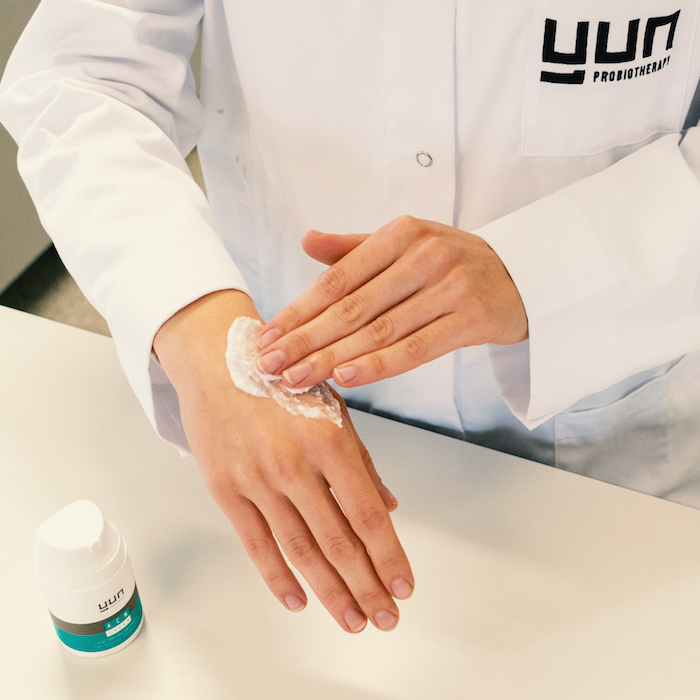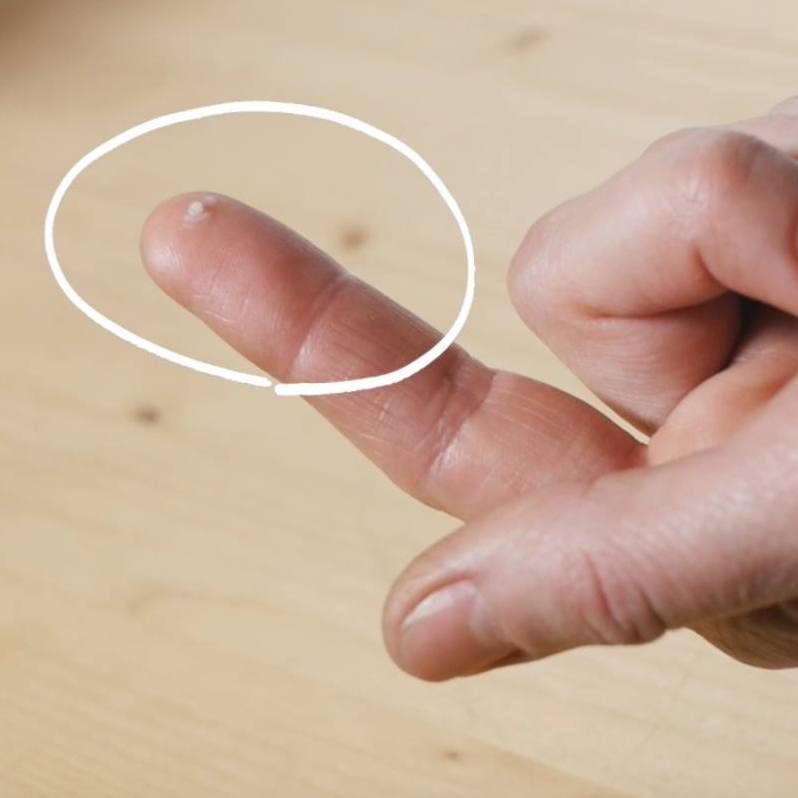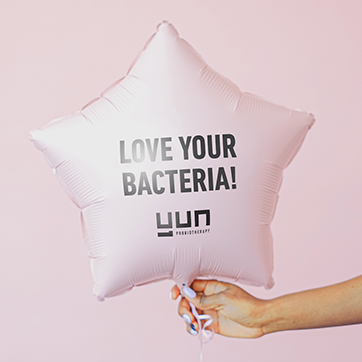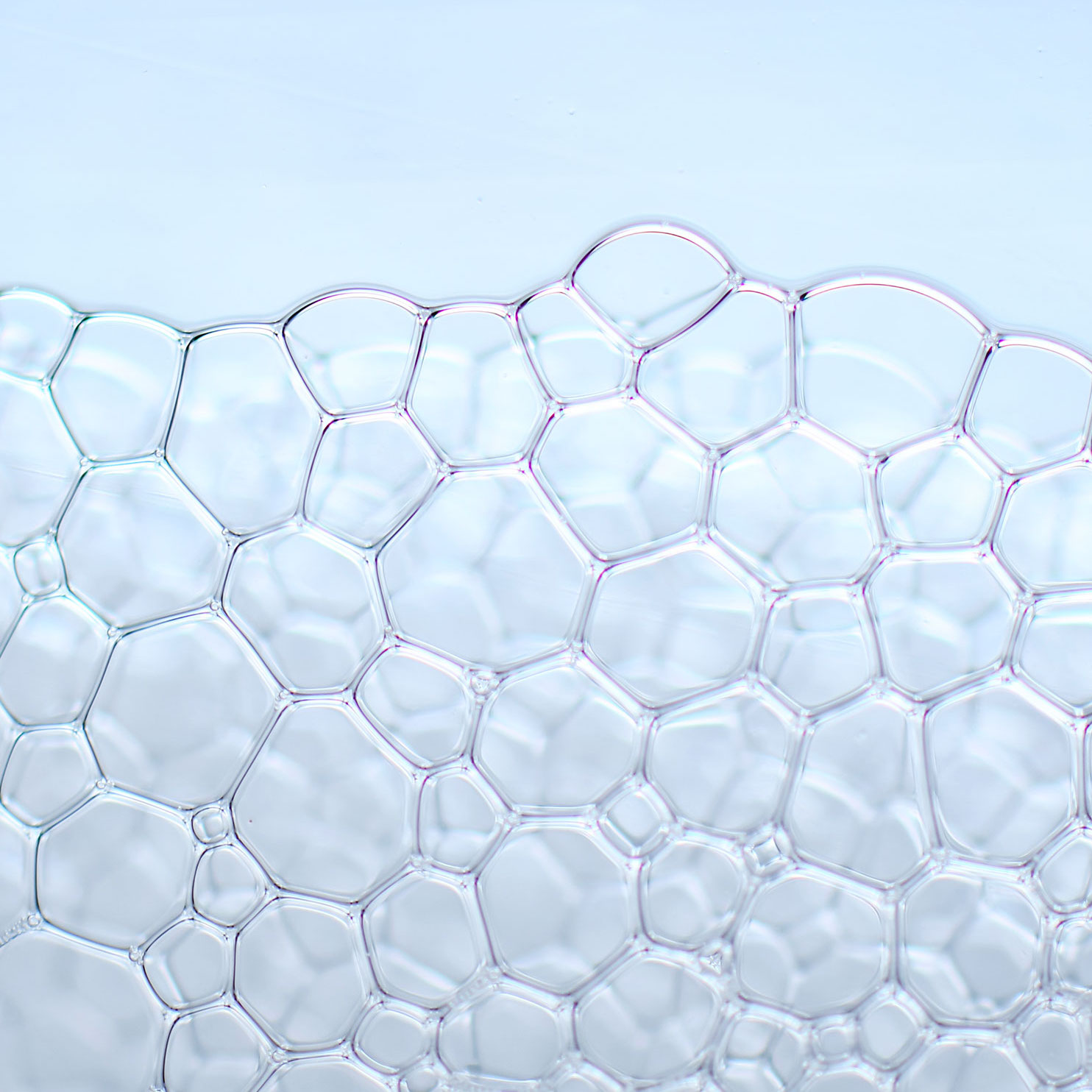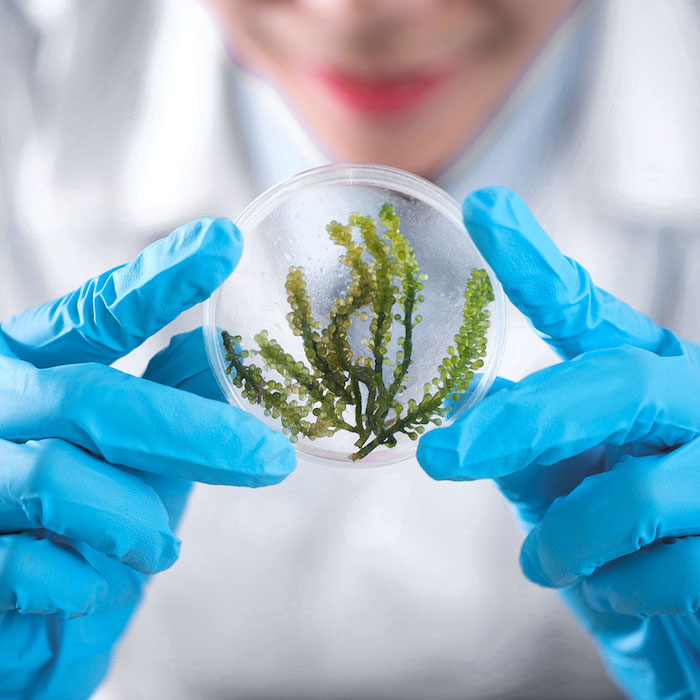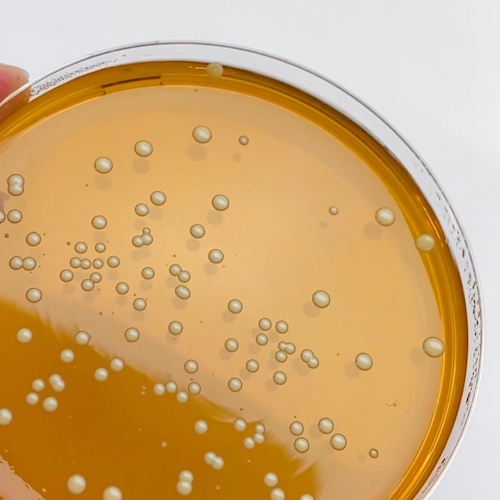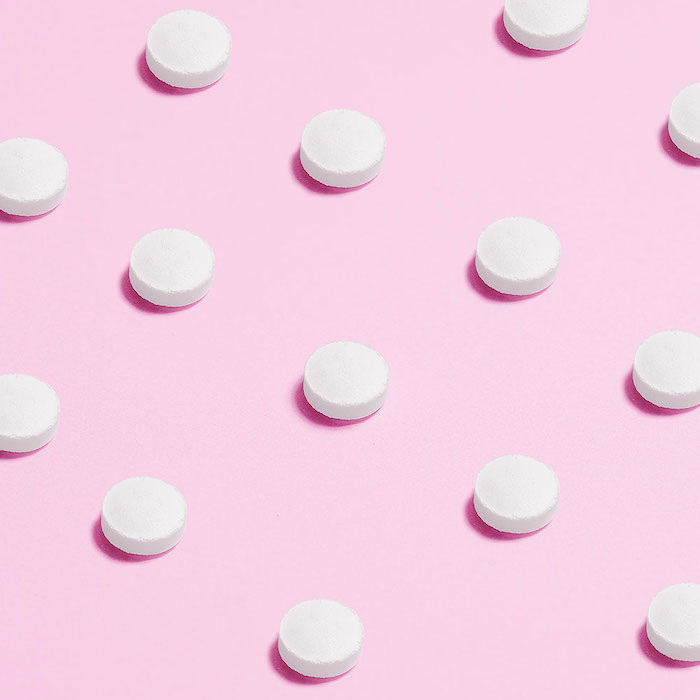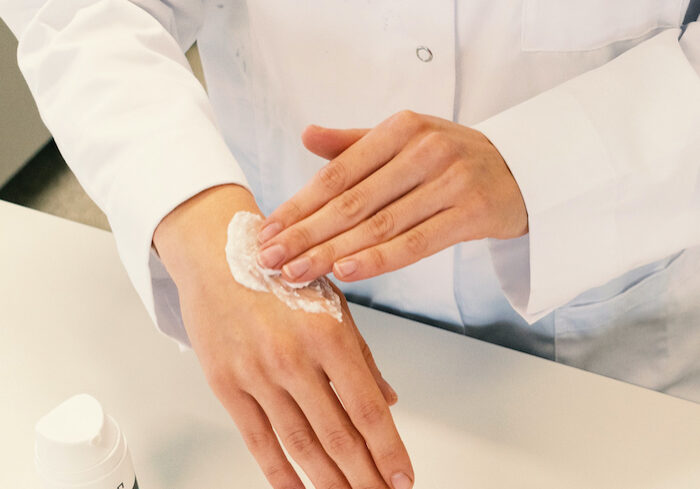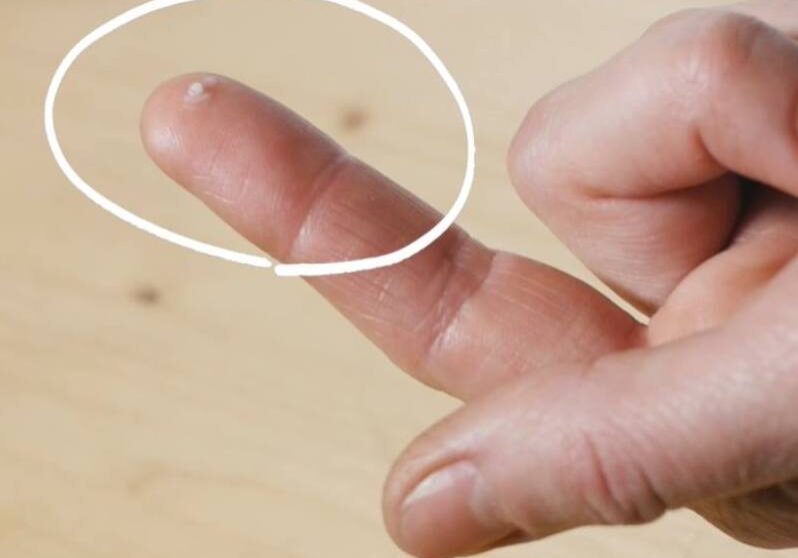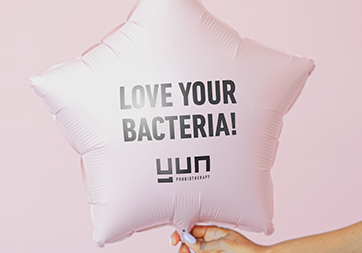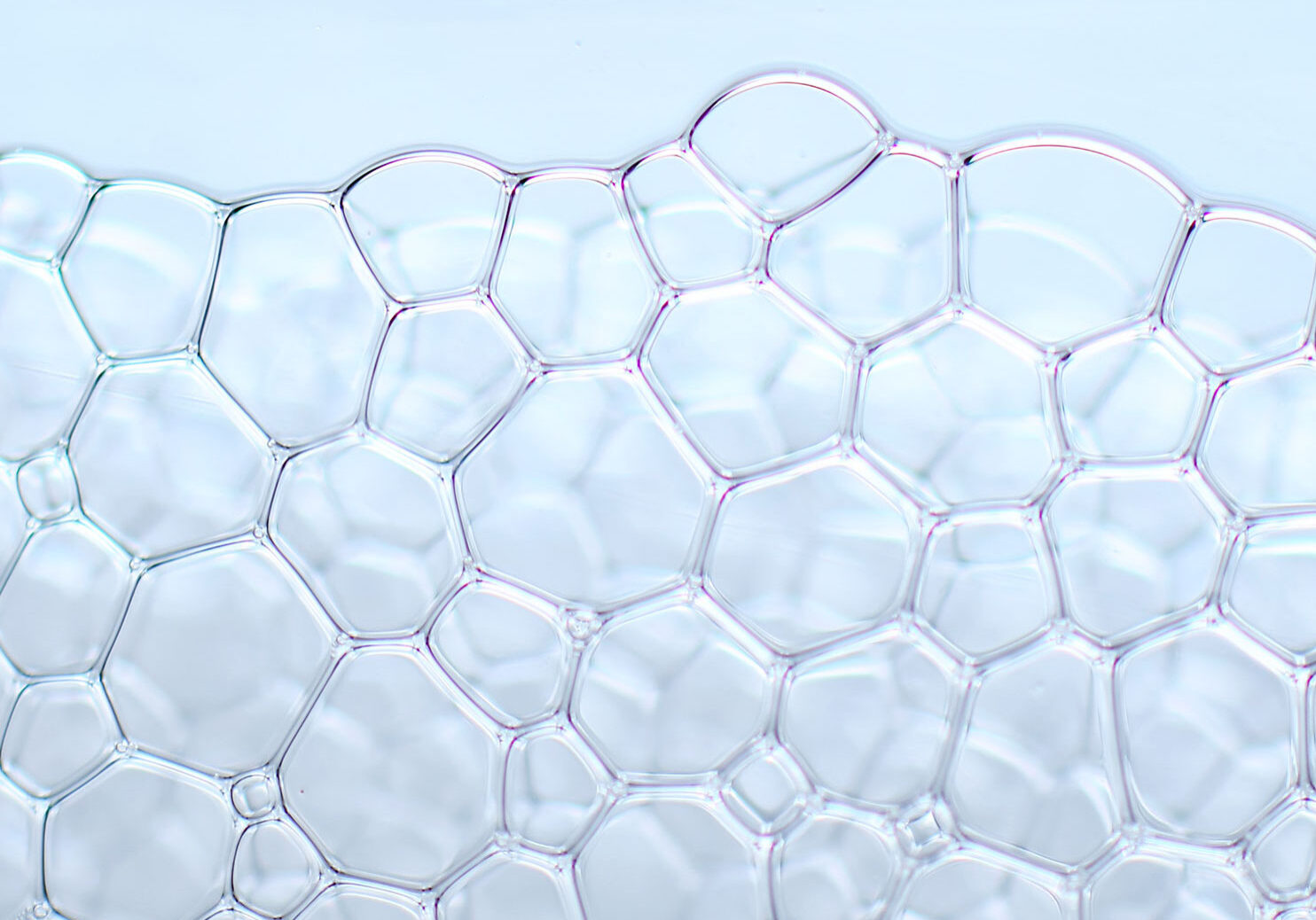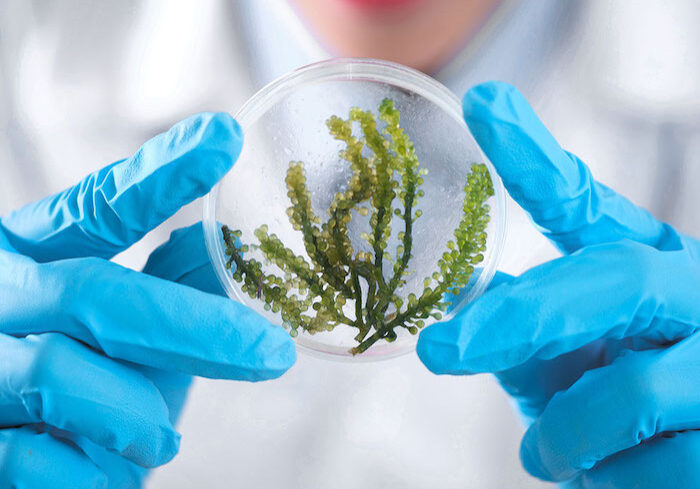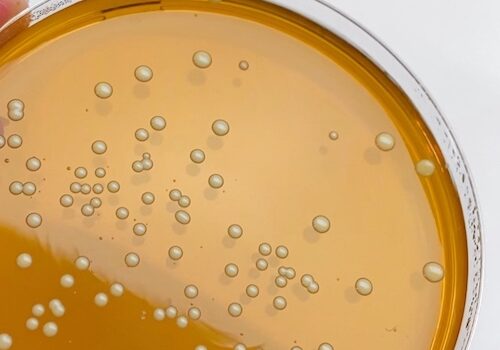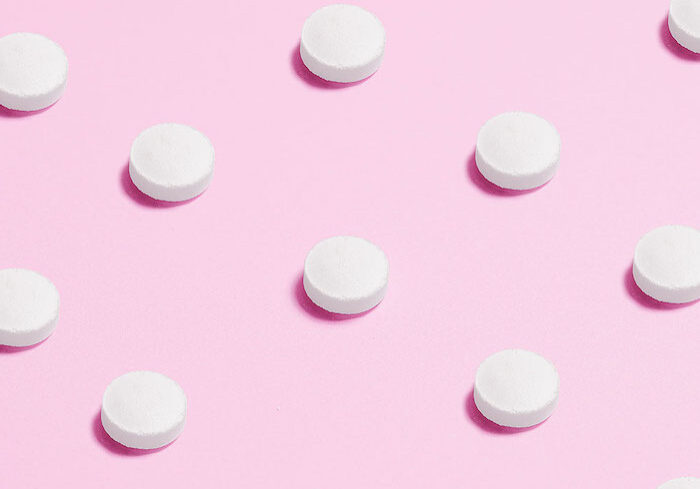
THE VERSATILITY OF BACTERIA
What do you think of when you think of bacteria? Some don't like them, but we absolutely love them because they take care of every aspect of our daily lives in amazing ways. Not quite convinced yet? Time to zoom in together and see what's going on in the world under the microscope!
The world of microbes is microscopically small and at the same time huge. It consists of bacteria, archaea or primordial bacteria, fungi and protists. We cannot see them with our naked eyes, but they live just o-verywhere. In the air we breathe, on the ground we walk on, in the food we eat and of course in and on our bodies. Humanity simply could not exist without bacteria, although bacteria can survive without us.
THE BACTERIA IN AND ON OUR BODIES
Besides on our skin, the microbiome, bacteria protect us from dangerous bacteria, by preventing pathogenic bacteria from getting the chance to attach themselves. Some bacteria even actively help and attack the pathogens. Fungi, too, are friendly little helpers that are part of our microbiome, and keep harmful fungi from causing inflammatory diseases. In addition, your digestive system is home to millions of bacteria. They help you break down food into energy so you can get through the day.
Did you know that wine, beer, cheese, yoghurt and salami are all made by bacteria? They ferment the food by turning carbohydrates, such as sugars, into acids. This gives you the characteristic taste and at the same time a long shelf life. Their culinary capacities are, above all, super convenient and delicious!
THE ANIMAL MICROBIOME
At first glance, our skin may seem very different from animal skin, but nothing could be further from the truth! Apparently, our pets have skin bacteria just like us. In both humans and animals, bacteria are heavily involved in health and disease. We already know a lot, but the data available on the animal microbiome is less complete than what we already know about our microbiome. So, as with human skin, we set about taking samples for examination and analysis. We firmly believe that we can also provide a lot of effective solutions for animals by giving nature a boost with good bacteria.
At the moment, Cyrelle Houtsaeger is researching the ear microbiome of our faithful companion, the dog. You can read more about it here:
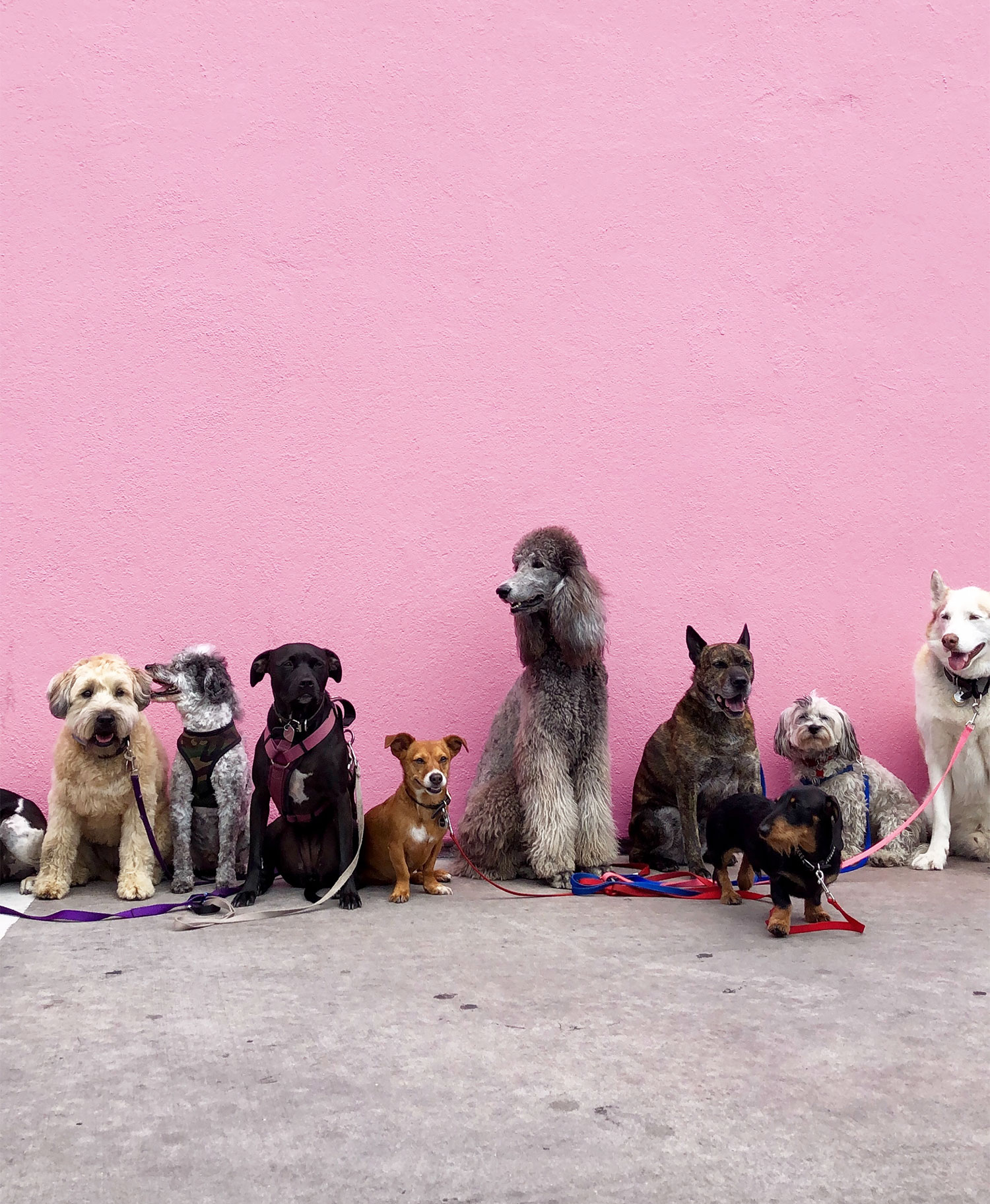
PHOTOSYNTHETIC BACTERIA
Although when we hear about photosynthesis we usually think about plants and algae, bacteria are also capable of producing oxygen! These bacteria are part of what we call the photosynthetic bacteria. For this process, they use light energy (from the sun) and carbon dioxide, among other things.
There are different types of photosynthetic bacteria, which are usually divided into five main groups. We list them for you:
- Proteobacteria, also called purple bacteria.
- Heliobacteria
- Chloroflexi, also known as green non-sulphur bacteria.
- Chlorobi, better known as the green sulphur bacteria. They like sulphur and not too much light.
- Cyanobacteria (blue-green algae living in the ocean).
As much as one third of photosynthesis on earth is carried out by micro-organisms in the oceans. In addition to their natural contribution, photosynthetic bacteria are used in various applications, including water purification, organic fertilisers and animal feed.
IN THE COMPOSTING PROCESS
Bacteria and fungi growing in soil or on dead plant material play an important role in the composting process. They break down organic material by, for example, digesting simple carbohydrates such as starch, sugars and proteins. In this decomposition process, they use oxygen and produce residual gases, carbon dioxide, water and heat, which we get as compost.
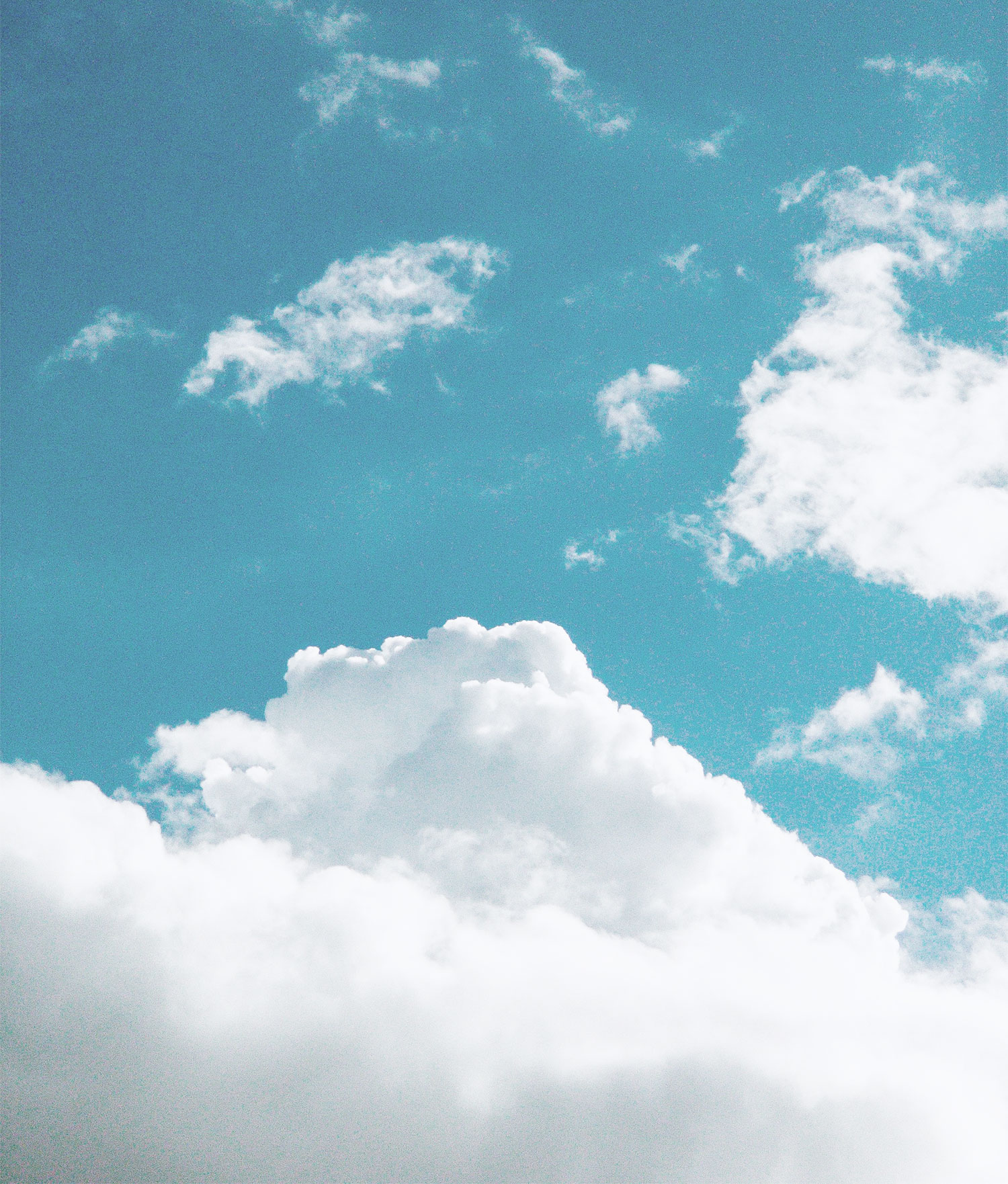
AIR BACTERIA
IN ACTION
Before a cloud can produce rain or snow, raindrops or ice particles must form in a cloud. In addition to water vapour and particles, those clouds also contain - you wouldn't expect it - bacteria. Those bacteria in the clouds have the power to freeze water particles into ice, even though the temperature is a bit higher. When they fall down, they can melt on the way and you get raindrops or snowflakes.
Proudly mentioned in







Menu
Contact
+32 (0)3 443 04 70
info@yun.be
Galileilaan 15
2845, Niel
Belgium
Social
With the support of



